Harold Wilson Might've Been the Queen's Favorite PM—After Churchill
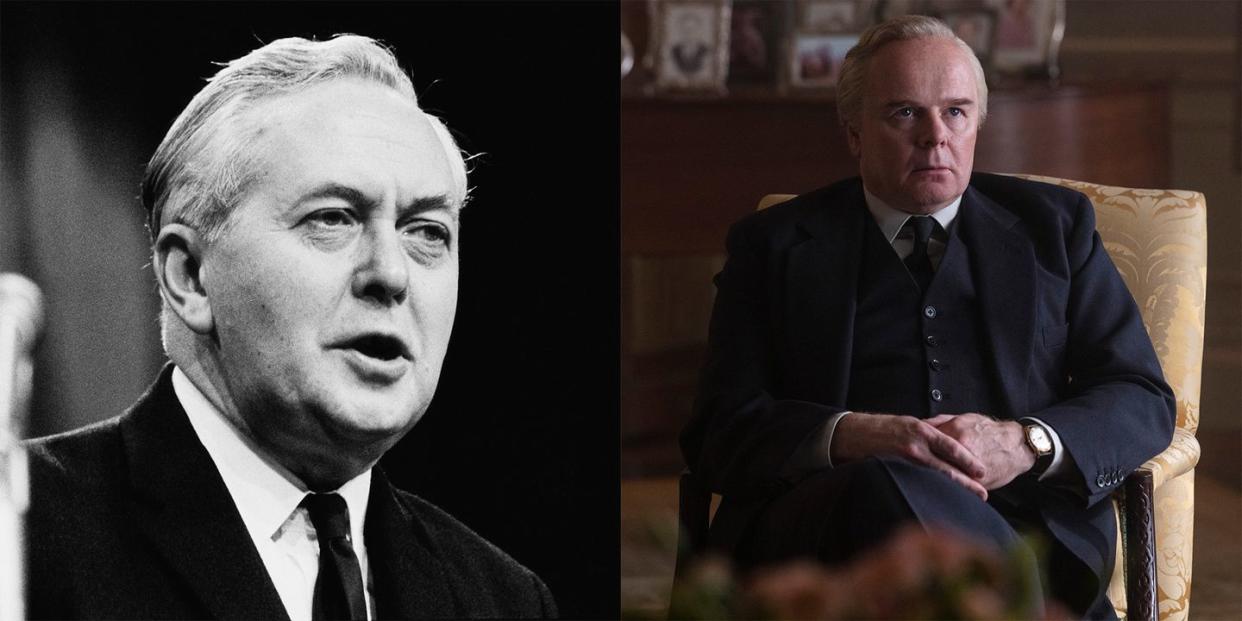
Season 3 of The Crown is here, and with it, a new Queen (Olivia Colman) and Prime Minister (Jason Watkins as Harold Wilson). The new season depicts the years 1964 to 1977, when Wilson served as British Prime Minister for two nonconsecutive terms: 1964 to 1970, and 1974 to 1976. One of the consistent images of the new season is Wilson meeting with the queen for his weekly audience, where the two debate politics and share stories and insight. Below, a few facts to know about the real-life Wilson and his unexpected rise to power.
Wilson came from a political working-class family.
Born James Harold Wilson on March 11, 1916, the future political mind was raised in Huddersfield, Yorkshire. His mother Ethel was a teacher and worked with Girl Guides, the British equivalent of the Girl Scouts. His father Herbert was an industrial chemist and radical liberal who, per The New York Times, "took much of the credit for his son's political views."
In 1924, Herbert took 8-year-old Wilson to visit 10 Downing Street, the prime minister's home. The black-and-white photo of young Wilson was later referenced regularly throughout his career, much in the same way that photo of Duchess Meghan Markle posing outside Buckingham Palace persists.
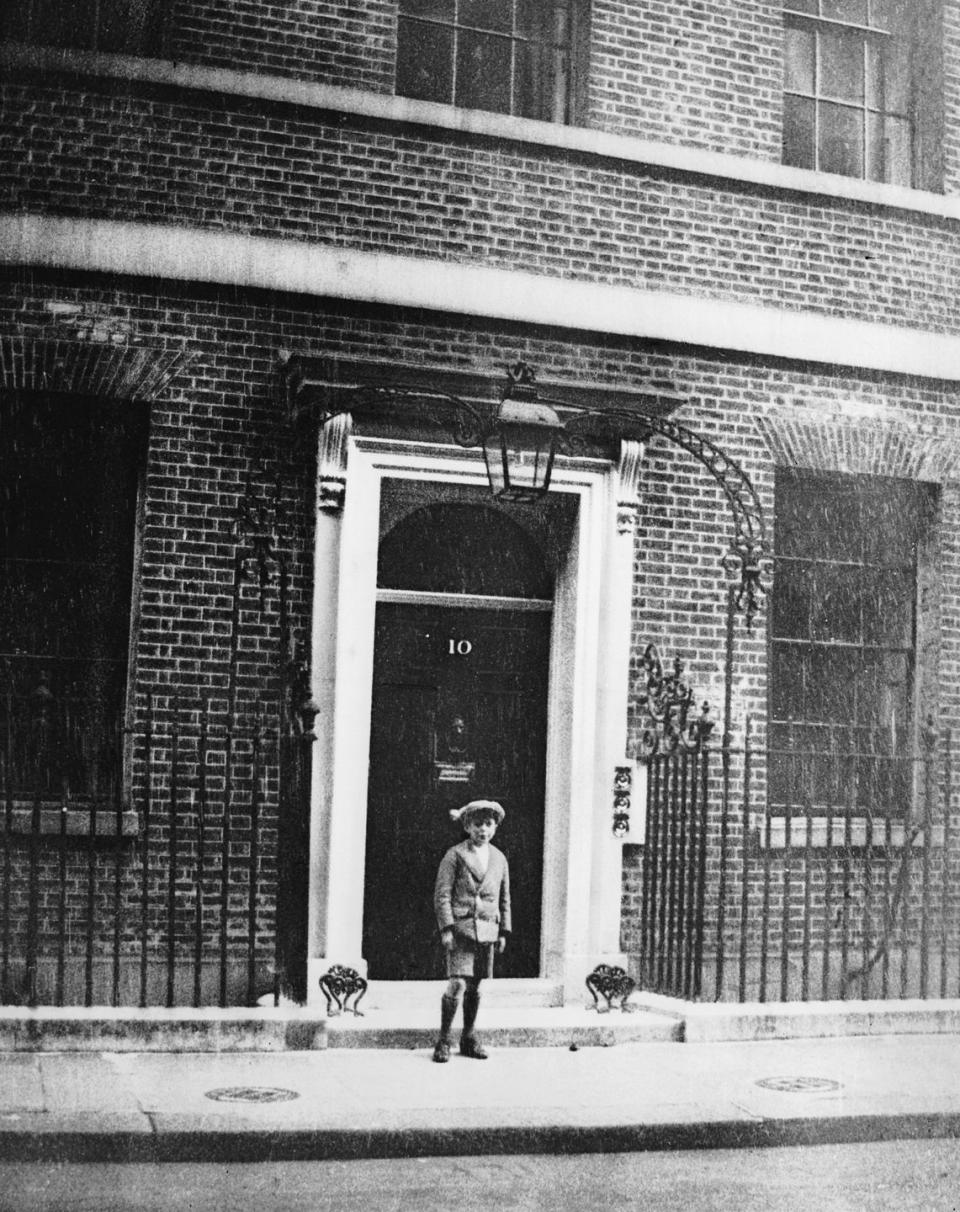
His time as Prime Minister was record-setting.
Wilson served two terms as prime minister—the first from 1964 to 1970 and the second from 1974 to 1976. He holds the title as the longest-serving Labor prime minister of the 20th century and has won more elections (four of five) than any postwar British leader, per the New York Times.
Prior to his time as prime minister, he graduated from Oxford and taught there for several years before his election to Parliament in 1945 at age 29. By 31, he was the youngest British Cabinet minister since the 18th century. He was elected prime minister at age 48, ascending to the highest office before turning 50.
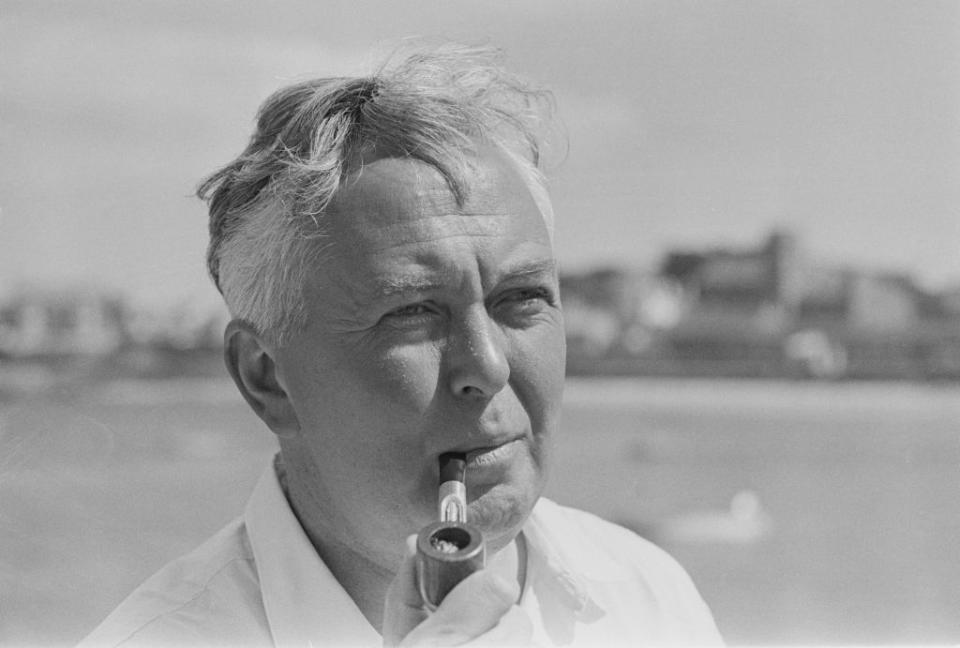
Wilson accomplished a lot in his two terms as prime minister, including introducing the Equal Pay Act and passing the Race Relations Act, ending the death penalty under the Murder (Abolition of Death Penalty) Act 1965 and decriminalizing homosexuality under the Sexual Offences Act 1967, and keeping British troops out of the Vietnam War while maintaining a positive relationship with the U.S. As is common with any Prime Minister, there's also critique of his term, particularly surrounding the pound's devaluation toward the end of his run.
The New York Times noted in its obituary of Wilson that the pipe-smoking politician's legacy was impacted by his lack of obvious persona. He didn't have the towering presence of a Winston Churchill or Margaret Thatcher: "He was rotund, provincial, resolutely middle-class, studiously ambiguous, and sometimes wavering in his opinions," the outlet concluded.
Wilson and the Queen developed a friendship despite their differences.
Just as the first two seasons of The Crown followed the sometimes fraught relationship between a freshly crowned Queen Elizabeth (Claire Foy) and Prime Minister Winston Churchill (John Lithgow), the third season dives into the dynamic between Wilson and the queen. In real life, as in the series, Wilson and the Queen differed from the start, as the PM came from a lower middle-class background and Elizabeth, nobility. The Times noted that Wilson "belonged to no clubs, hated cocktail parties and rarely invited people to dinner." Meanwhile, much of the Queen's job entails all of the above.
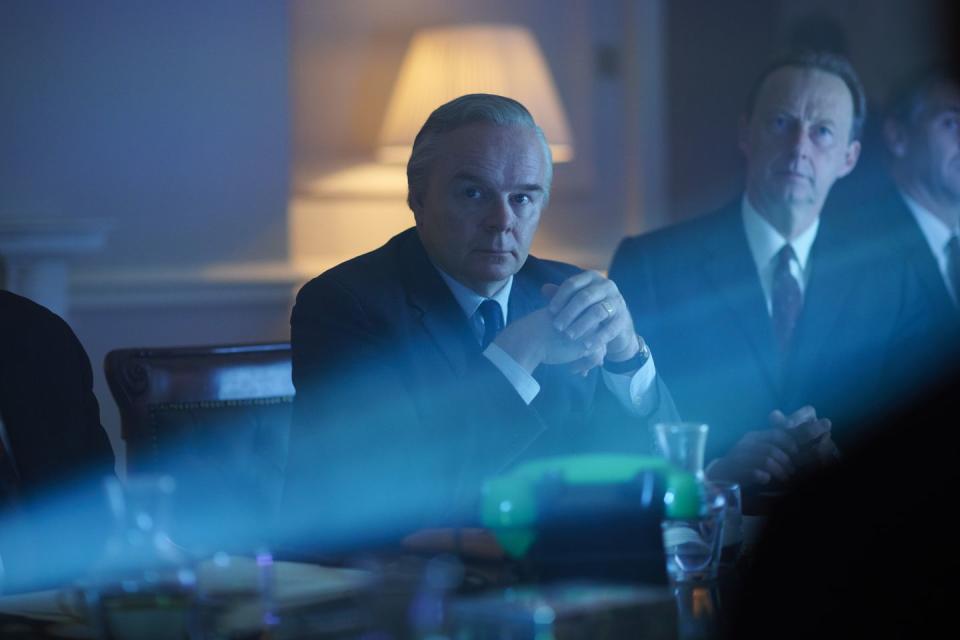
BBC History Magazine reports that the prime minister and the queen eventually overcame their differences and became friends. Royal biographer Robert Lacey noted that Wilson “persuaded the Queen to drop a lot of stuffy protocol that had remained since Queen Victoria."
Per the Sunday Post, weekly meetings between Wilson and the Queen could last well over two hours. “He said they were the only times when he could have a serious conversation, which would not be leaked, with somebody who wasn’t after his job,” Francis Beckett wrote in a BBC History Magazine report, "Queen Elizabeth: 90 Glorious Years." “She enjoyed them too—after Churchill, Wilson may have been her favorite PM.”
Reports also indicate the Queen would invite Wilson and his family for picnics in Balmoral alongside the royal family. Months after his departure as Prime Minister, she named Wilson a Knight Companion of the Most Noble Order of the Garter, one of Britain's highest honors.
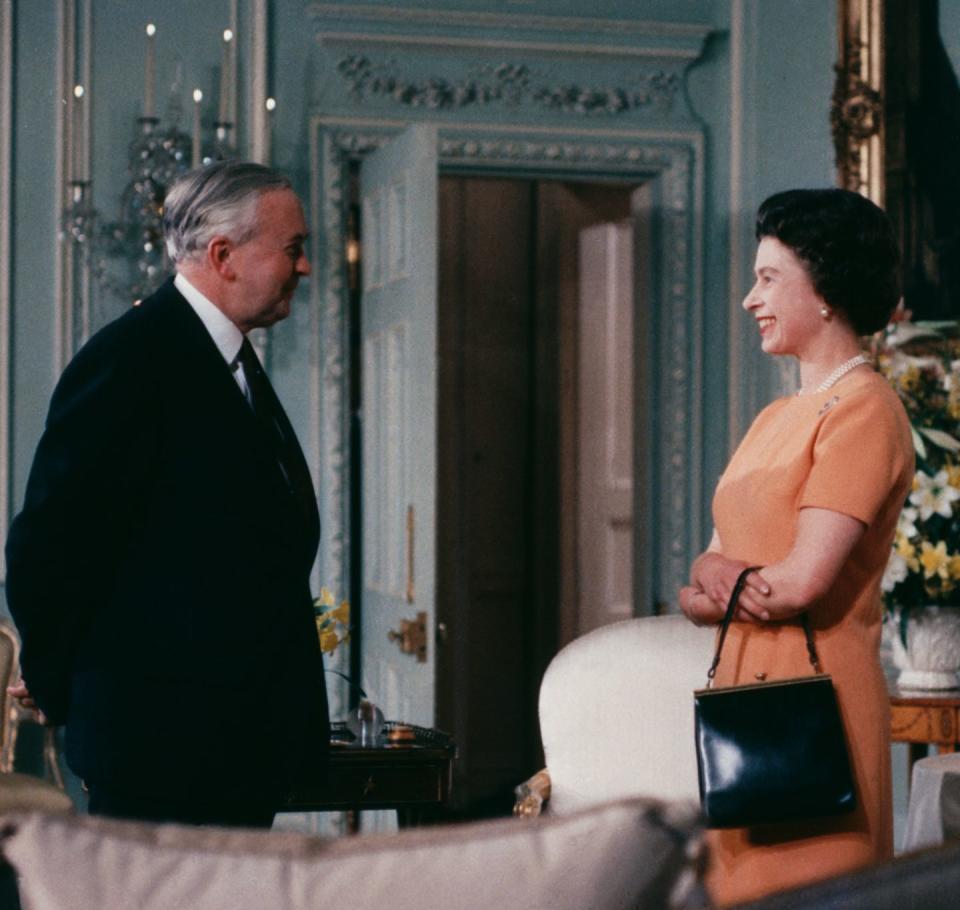
Wilson's career in politics ended abruptly.
While his ascent into politics may have been somewhat speedy, his exit was swift and quite shocking for the time. After serving two terms as prime minister, and a few days after his 60th birthday, Wilson resigned in 1976. Mystery surrounded this decision, as he was not in bad health nor weathering a scandal.
When reconsidering Wilson's legacy and the potential decision-making behind his departure, The Independent wrote: "All the old problems of the nation and the party were still there and he had no new and feasible solution for them. He would rather people asked why did he go, rather than why did he stay."
He passed away at age 79 on May 24, 1995.
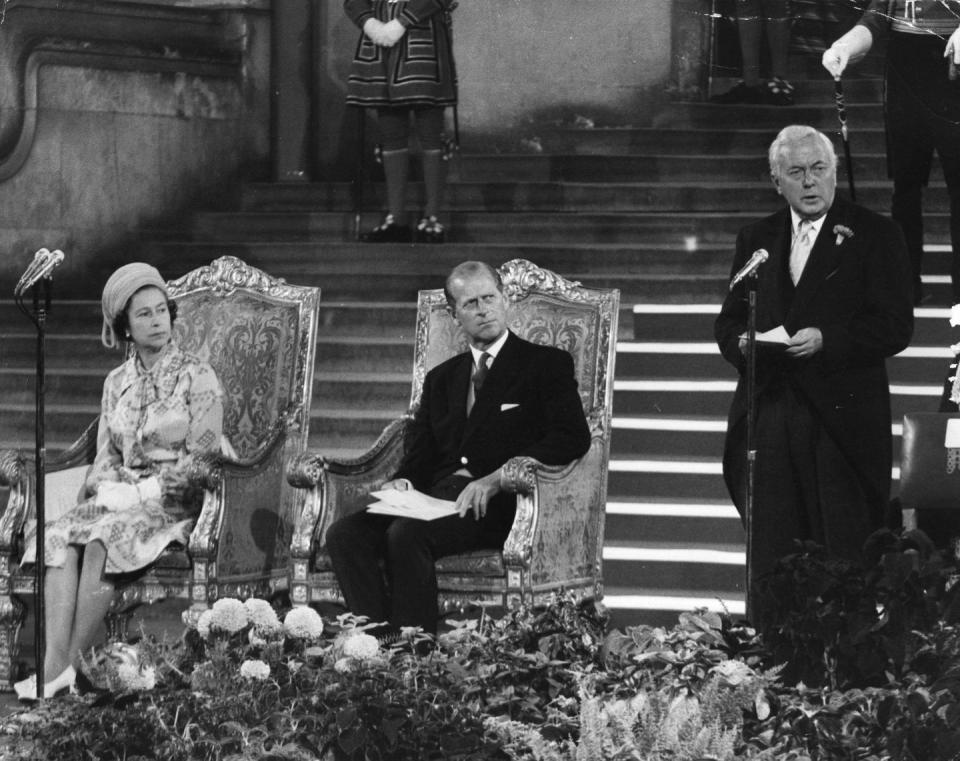
You Might Also Like

